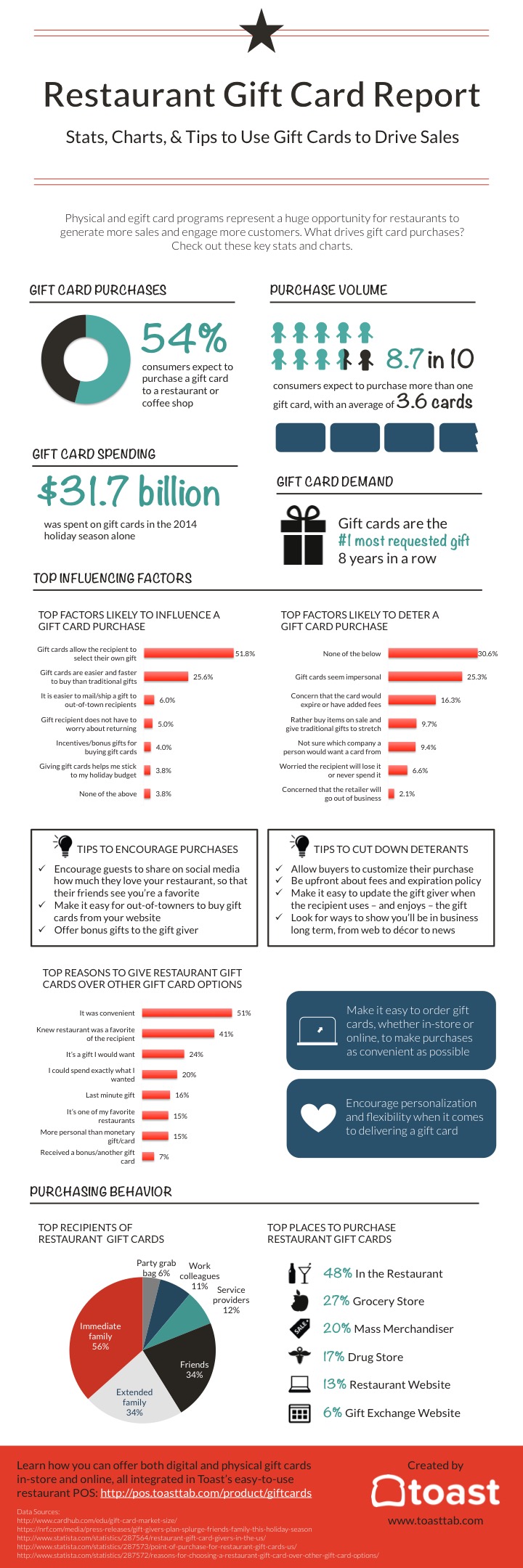Laser inscription is a flexible, effective, and safe method to customize glass wares for breweries, dining establishments, and a lot more. Nevertheless, the engraving process often leaves particles that looks rough.
To reduce this, apply a sheet of paper towel or fluid meal soap to the surface area prior to running the laser. This will certainly dissipate the excess warmth and boost the inscription results.
Soda-lime glass
Soda-lime glass is used to manufacture the vast majority of drinking glasses, containers and windows. It is economical and simple to collaborate with, making it a popular choice for general glass applications. However, it has several limitations that restrict its usage in much more particular applications. These constraints consist of reduced thermal growth and a high conditioning temperature level. In order to overcome these restrictions, it is commonly chemically reinforced or toughened up.
It is made by melting silica, soda (sodium oxide), hydrated lime, dolomite and silicon dioxide in a glass heating system at temperature levels of approximately 1675 degC. The enhancement of the soda and lime serves as a flux, lowering the glass change temperature level and permitting it to be formed.
While the majority of sorts of glass can be engraved, some are harder than others to procedure. As an example, glass with heavy metals like titanium or lead is a lot more breakable and requires unique like make sure precise engravings. Utilizing a jig or clamps to protect the glass during the etching process can reduce movement that can cause imbalance errors. In a similar way, picking a high-contrast style and very carefully placing the layout can additionally enhance outcomes.
Borosilicate glass
Borosilicate glass is made with soda-lime glass however with added boron trioxide. This makes it a lot more long lasting and resistant to thermal shock than soda lime glass. This toughness and resistance to warm make borosilicate glass an exceptional option for pots and pans, lab ware, and present glasses. It is likewise popular among lampworking musicians that wish to work with huge sculptural items that can be reheated several times without breaking.
Despite its resilience, borosilicate glass can still be harmed by laser inscription. It can suffer from spawling and delamination when revealed to carbon dioxide. To prevent this, make use of a higher speed, reduced power, and less air aid. High-contrast styles and vibrant lines function best on this kind of glass. You can also paint the surface area of the glass black or various other shades to produce an unique appearance. This technique does not color the personalized location directly, yet it does add a different look to the piece. The inscribed areas can then be repainted with acrylic paint for a custom result.
Lead crystal
As the name suggests, typical lead crystal includes at least 24% lead oxide. Nonetheless, despite its elegance and radiance, this sort of glass is tough to work with as a result of a number of manufacturing, security, and wellness problems.
Unlike preferred mistaken belief, the lead in traditional complete lead crystal is not "trapped" within the chemical structure of the glass and poses little threat to human health over brief durations of use. Still, it is essential to saturate new glass prior to using it in order to eliminate any kind of surface lead bits.
To mitigate these issues, you can use a thin coat of unmixed dish soap to the surface area before inscribing. This will assist to dissipate the warmth generated by the laser and minimize the opportunity of splintering. Additionally, you can additionally polish the surface of your glass with a Scotch-Brite pad. This strategy will help to lessen the visibility of shallow inscriptions and is specifically useful if you are inscribing a curved piece of glass.
Merged quartz
Integrated quartz is a type of high-purity silica glass that is utilized in a variety of applications. Its excellent optical openness throughout a wide spectrum, from ultraviolet to infrared wavelengths, makes it optimal for lenses and various other optics. Its reduced coefficient of thermal expansion and resistance to chemical rust enable it to hold up against extreme working temperature levels.
As a result of its chemical inertness, fused quartz is also a great option for crucibles and response vessels. Its high-temperature resistance additionally makes it an excellent material for home windows and liquid cells in the atomic microscopic lense. Integrated quartz is also being utilized for new builds of historic glass tools, such as the harp and verrophone, due to the fact that it produces a louder sound than lead crystal.
This kind of glass is a terrific tool for trying out different types of engraving. It can be etched utilizing a range of devices, including Mother's Day engraved vase engraving lotion and a paintbrush. It can additionally be engraved with a laser to develop round Moire patterns.
